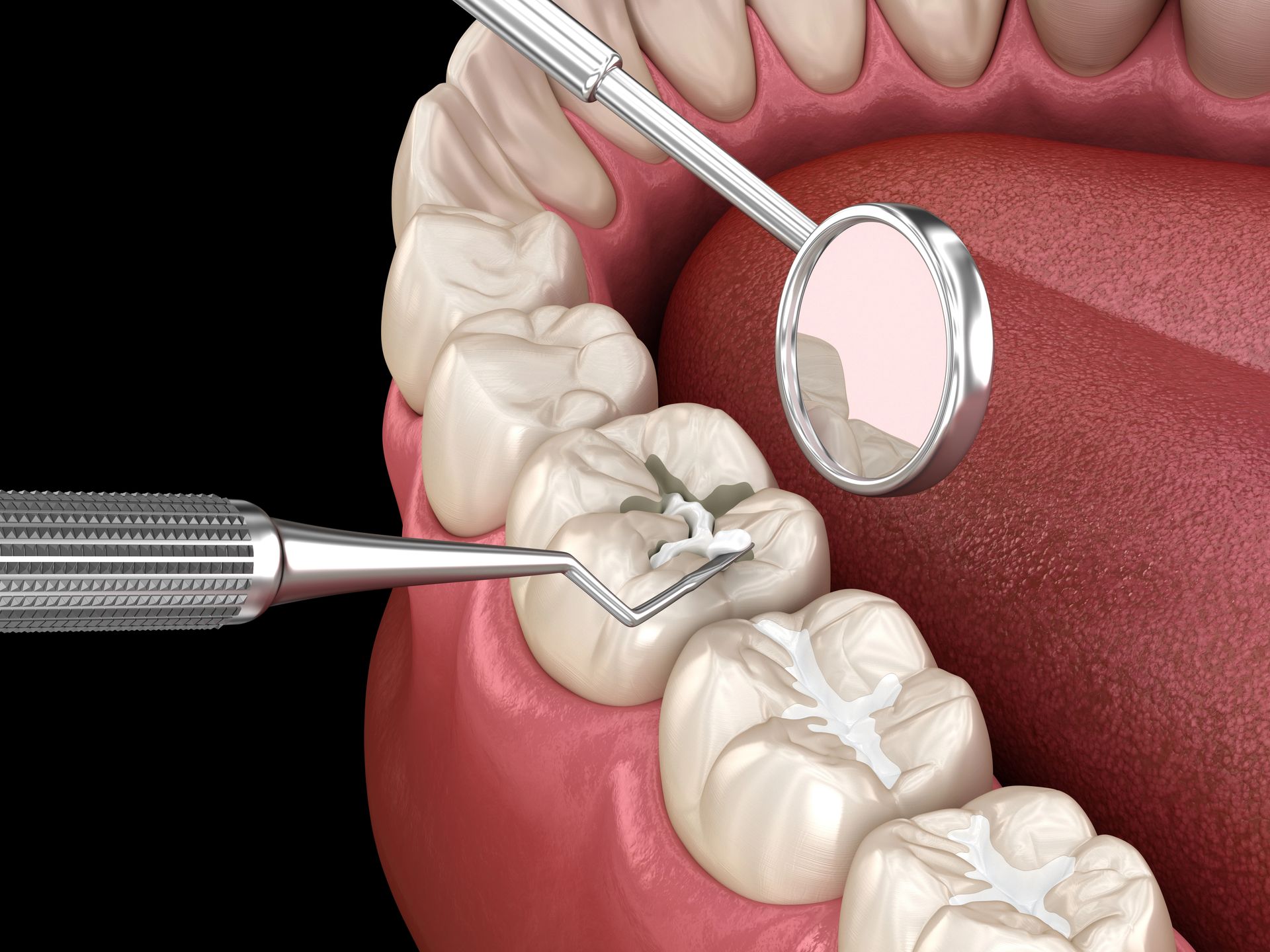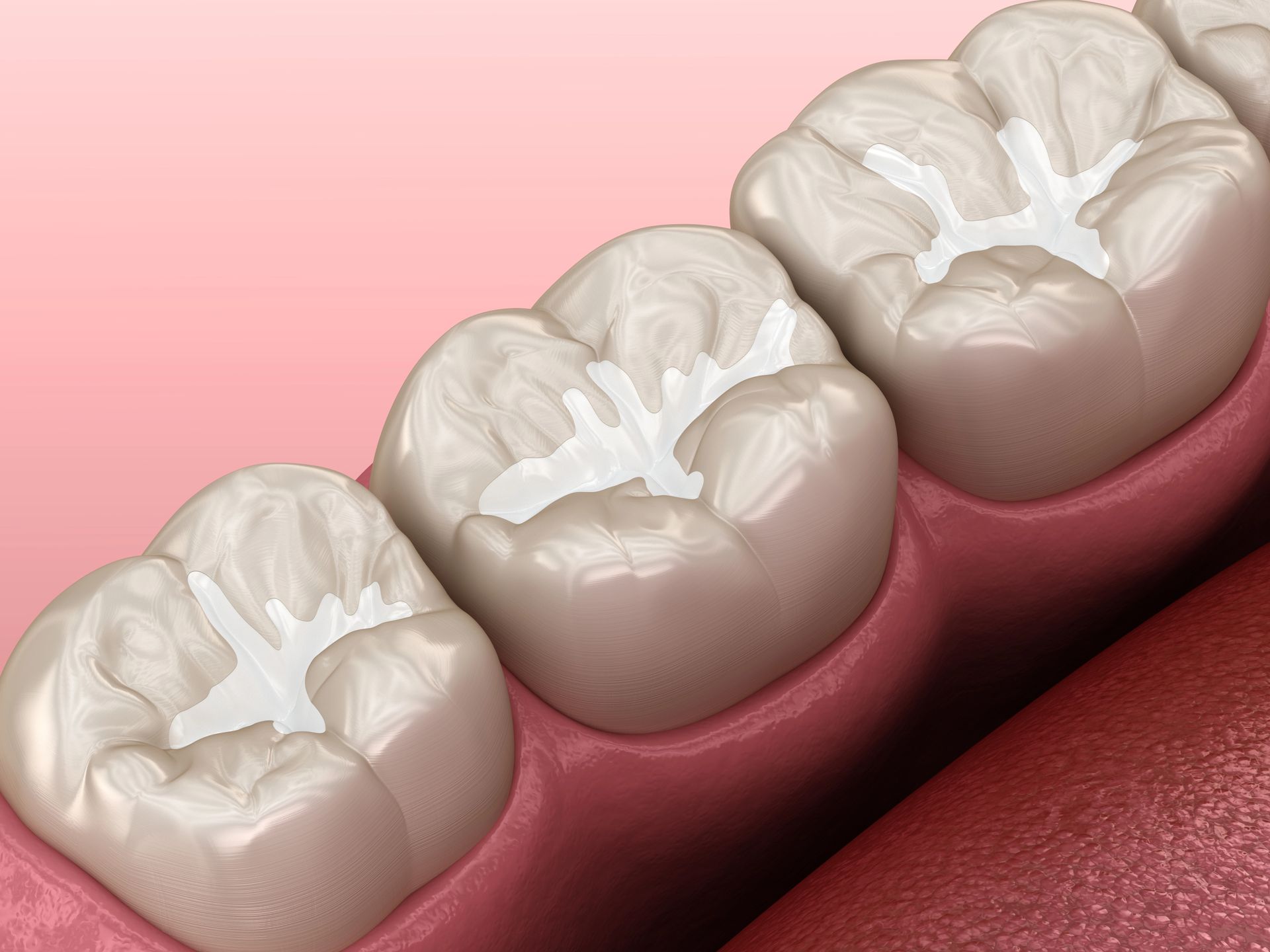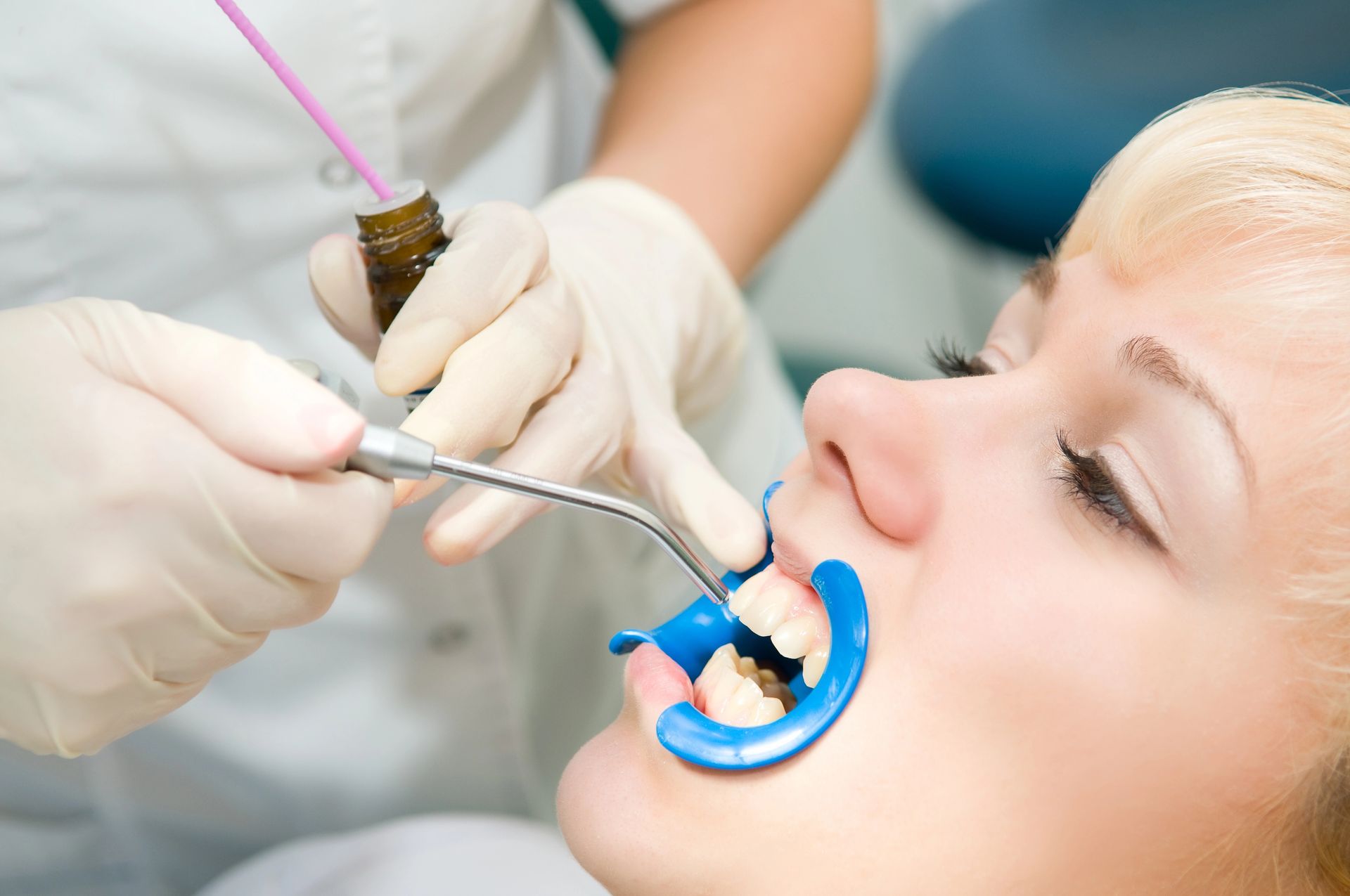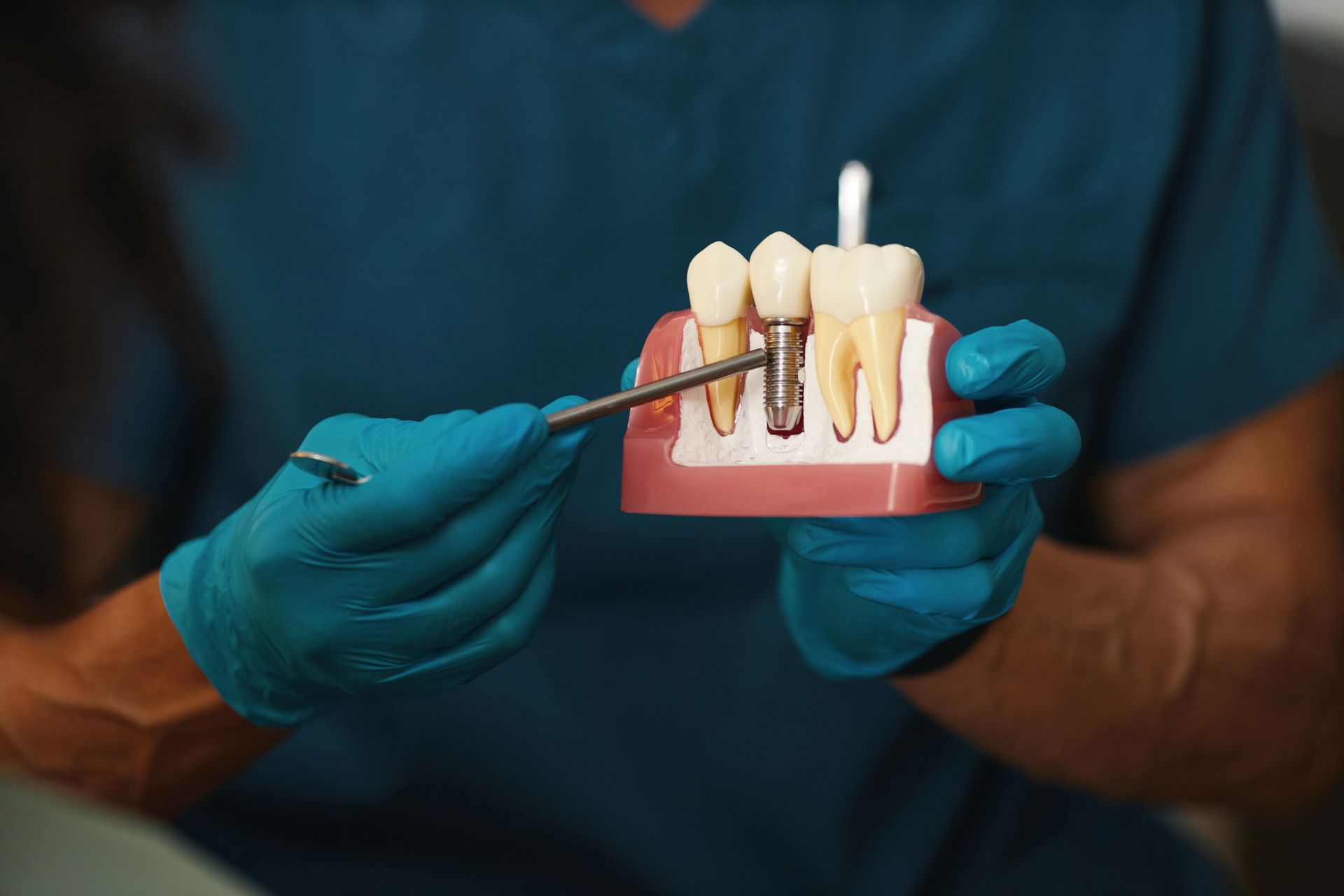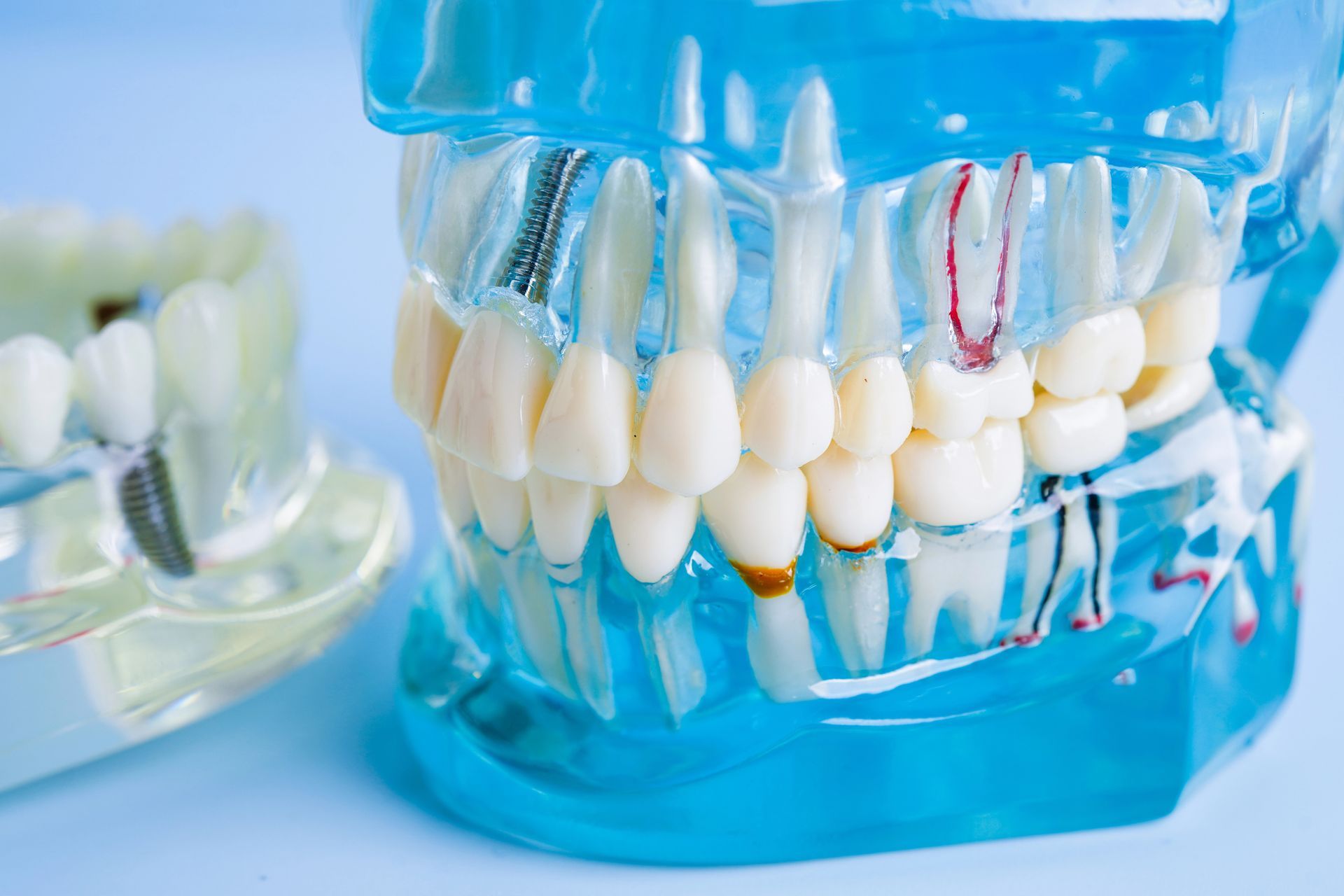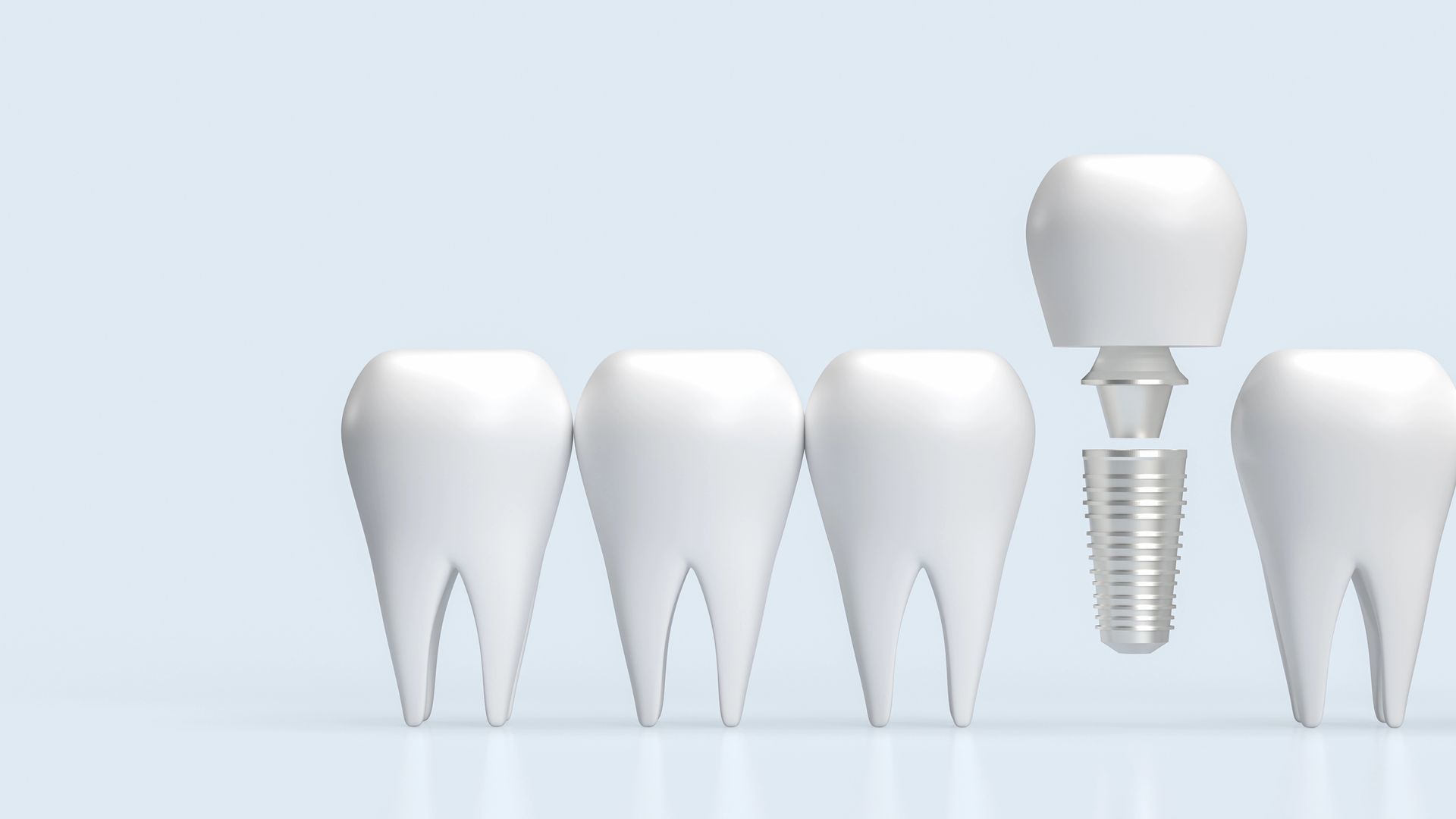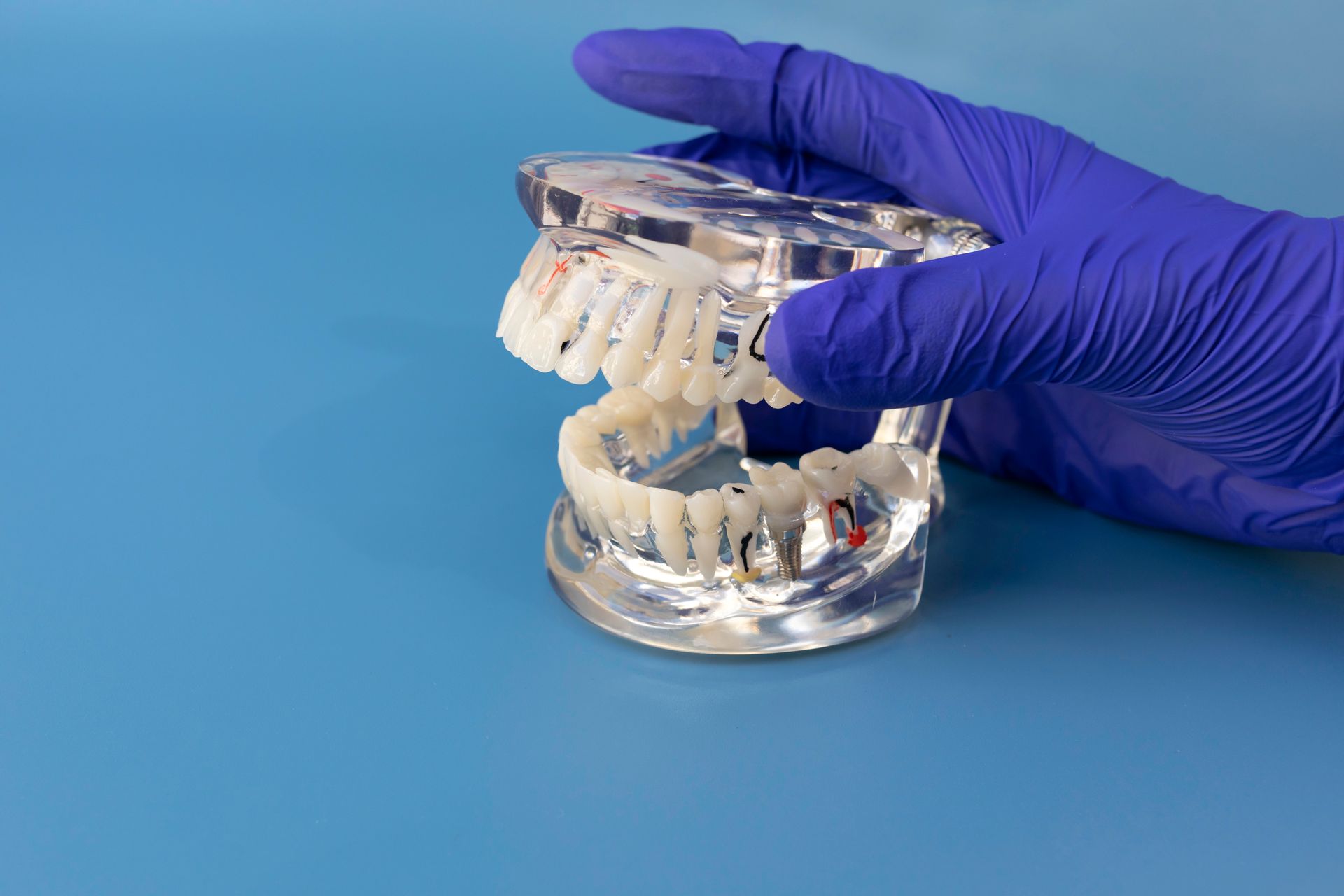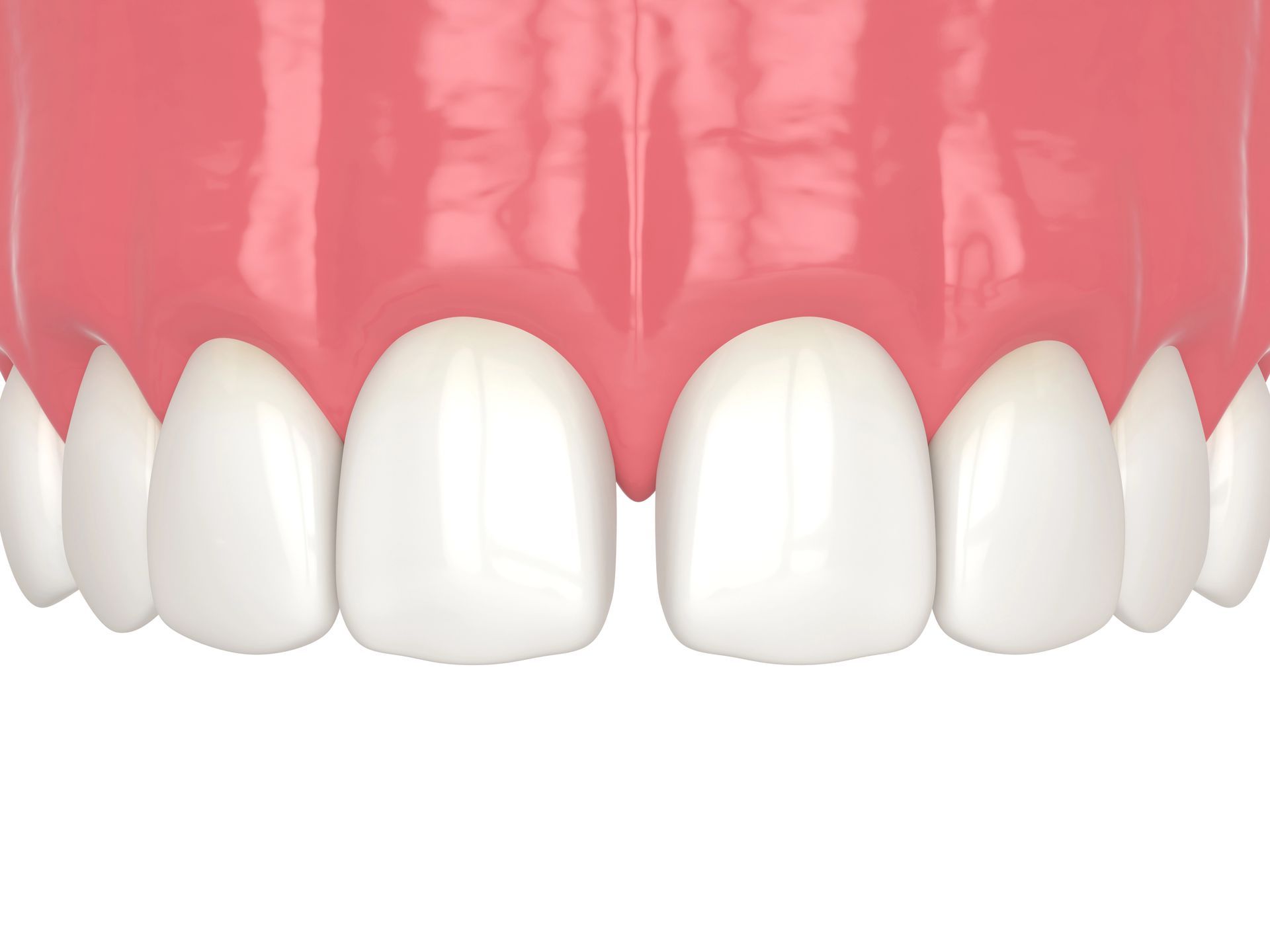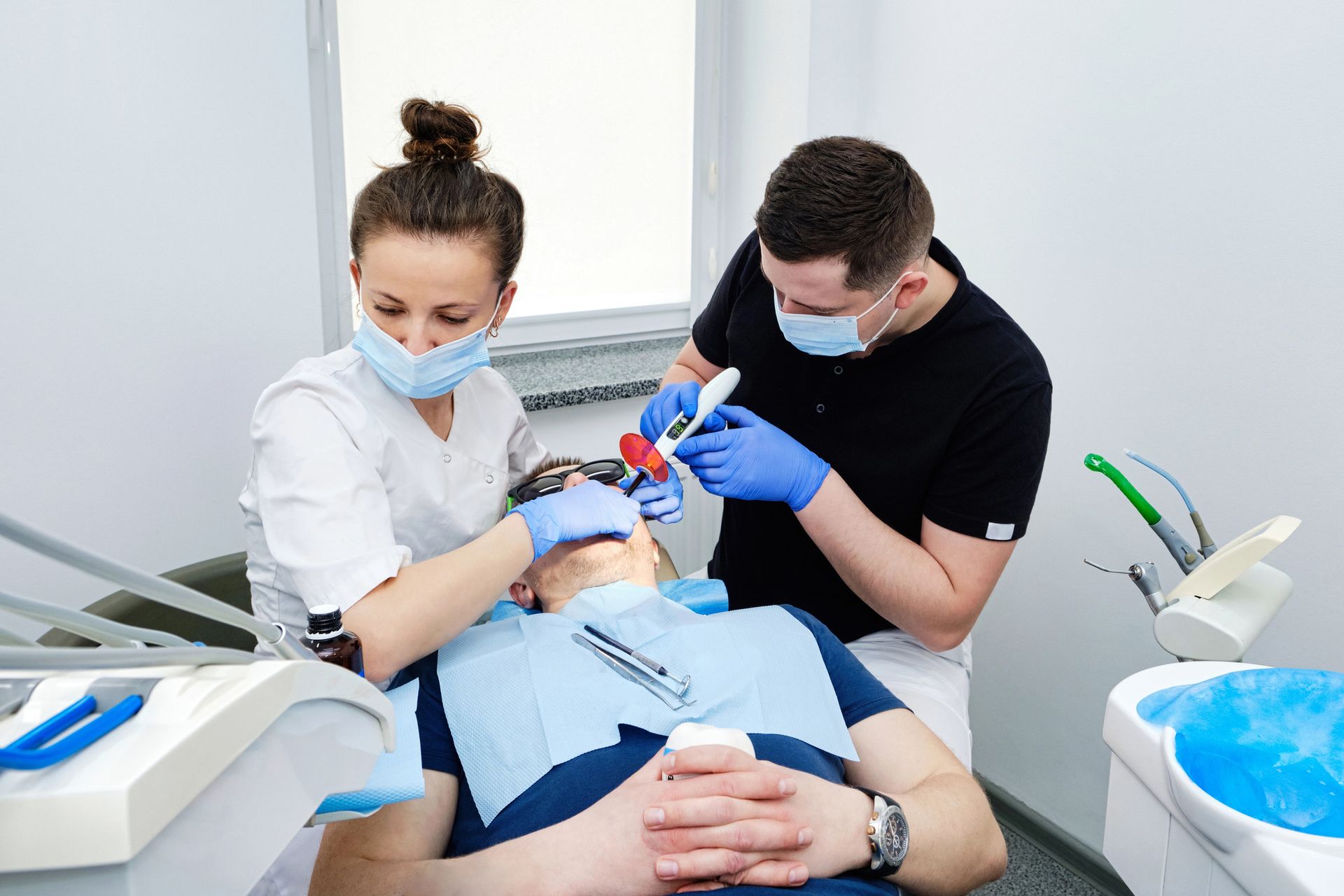What are the best tooth fillings available for those looking to restore their dental health? The best tooth fillings are generally determined by a combination of durability and compatibility with the individual's oral health needs. They vary widely in material, each possessing unique characteristics suited to different types of dental requirements.
Types of Dental Filling Materials
When considering the best tooth fillings, it's important to understand the various materials used in the process. Dental fillings are crucial for restoring the function and integrity of teeth that have been compromised due to decay or injury. The most commonly used materials include amalgam, which is known for its durability; composite resins, which can be matched to the natural color of your teeth; and ceramic fillings, which offer both aesthetic and functional benefits. Each material has its own set of characteristics that might make it more suitable depending on the specific needs of the patient.
In addition to understanding the different types of materials, it's also helpful to know how to care for your teeth following a dental filling procedure. If you experience discomfort or pain after getting a dental filling, there are natural methods that can help alleviate these symptoms. For more information on this, you might want to read about how to manage pain after a tooth filling naturally. Remember, the best tooth fillings are those that effectively restore your dental health while also meeting your personal preferences and needs.
Advantages of Gold Fillings
Gold fillings, often considered among the best tooth fillings available, offer several notable advantages. Known for their durability, gold fillings can last up to 15-30 years, which is significantly longer than many other dental filling materials. This longevity makes them a popular choice for patients looking for a long-term solution to dental decay. Additionally, gold is highly biocompatible, meaning it does not cause any allergic reactions and has an excellent acceptance rate in the human body.
Another advantage of gold fillings is their strength. They are able to withstand chewing forces well, making them ideal for restoring molars, which endure the most pressure during eating. Although gold fillings are more noticeable than porcelain or composite fillings, their performance and minimal wear on opposing teeth make them a valuable option in the realm of dental restorations. For those interested in exploring various dental filling options, consider visiting a local clinic. Find more information on Columbia Dental Fillings Near Me.
Porcelain Fillings Versus Composite Resins
When exploring the best tooth fillings, two popular options often discussed are porcelain fillings and composite resins. Porcelain fillings are known for their durability and color stability, matching the natural appearance of teeth. On the other hand, composite resins are favored for their versatility and ability to bond directly to the tooth structure, which can be beneficial for tooth preservation. Both types of fillings serve the purpose of restoring teeth affected by decay or damage, each offering distinct characteristics that cater to different dental needs.
Durability of Amalgam Fillings
Amalgam fillings, often selected for their strength, are known for their exceptional durability among the various types of dental fillings. Composed of a mixture of metals, these fillings can withstand high chewing forces, making them particularly suitable for restoring molars, which endure the most pressure during eating. The longevity of amalgam fillings is one of the reasons they are considered among the best tooth fillings for back teeth, where durability is a key concern. For more information on dental services, you might consider visiting Design Dentistry Columbia, your Columbia Dentist.
Aesthetic Benefits of Composite Fillings
When considering the best tooth fillings for maintaining a natural appearance, composite fillings are notable. These fillings are crafted from a mixture that mimics the color and texture of natural teeth, blending seamlessly when applied. This feature is particularly valued by individuals who prefer their dental treatments to be inconspicuous, ensuring that the fillings do not visually alter their smile. The aesthetic integration offered by composite fillings can play a significant role in the overall appearance of one's teeth, making them a common choice for visible dental repairs.
Cost Comparison of Filling Materials
When considering the best tooth fillings, it's crucial to evaluate the cost alongside the material benefits. Amalgam fillings, typically the least expensive option, offer durability at a lower price point, usually ranging from $50 to $150 per filling. Composite resins, favored for their aesthetic appeal as they match the natural tooth color, are slightly pricier, costing between $90 and $250. On the higher end, gold and porcelain fillings can cost anywhere from $250 to $4,500, depending on the size and location of the filling. Each material offers distinct advantages in terms of longevity and appearance, so when selecting the best tooth fillings for your needs, consider both the immediate and long-term financial implications.
Longevity of Different Filling Types
When considering the best tooth fillings, longevity is a crucial factor. Amalgam fillings, known for their durability, typically last about 10 to 15 years and are highly resistant to wear. Composite fillings, while aesthetically pleasing as they match the color of your teeth, generally have a shorter lifespan of about 5 to 7 years. Gold fillings stand out for their robustness, often lasting 15 to 30 years or more. Ceramic fillings, similar to gold, offer considerable longevity and are less prone to staining than composite fillings. Choosing the right type of filling not only depends on the aesthetic preference but also on how long you expect the filling to last, making it essential to discuss these options with your dentist.
Suitability of Materials for Molars
When considering the best tooth fillings for molars, durability and strength are paramount due to the substantial force exerted during chewing. Amalgam, made from a mixture of metals, is often recommended for its longevity and resistance to wear, making it a suitable choice for back teeth. Composite resins are another option, offering a more aesthetic appeal with a color matching your natural teeth, though they may not endure as long as amalgam under the pressure of molar use. For those looking for a balance between aesthetics and functionality, gold fillings and porcelain can be excellent choices, though they come at a higher cost. Each material has its specific benefits, so discussing your options with your dentist will ensure you choose the best tooth fillings for your molars based on your personal dental needs and budget constraints.
Impact of Fillings on Dental Health
When considering the best tooth fillings, it's crucial to understand their significant impact on dental health. Fillings help restore teeth damaged by decay back to their normal function and shape, preventing further decay by closing off spaces where bacteria can enter. The materials used, such as composite, amalgam, gold, or ceramic, each have unique benefits and can affect the longevity and performance of the filling. Choosing the best tooth fillings not only improves oral health but also prevents future complications, making it essential to consult with a dental professional to select the most suitable option for your needs.
Conclusion
For more information on the best tooth fillings, call us at 803-573-4577 or read our reviews on Google Maps.


